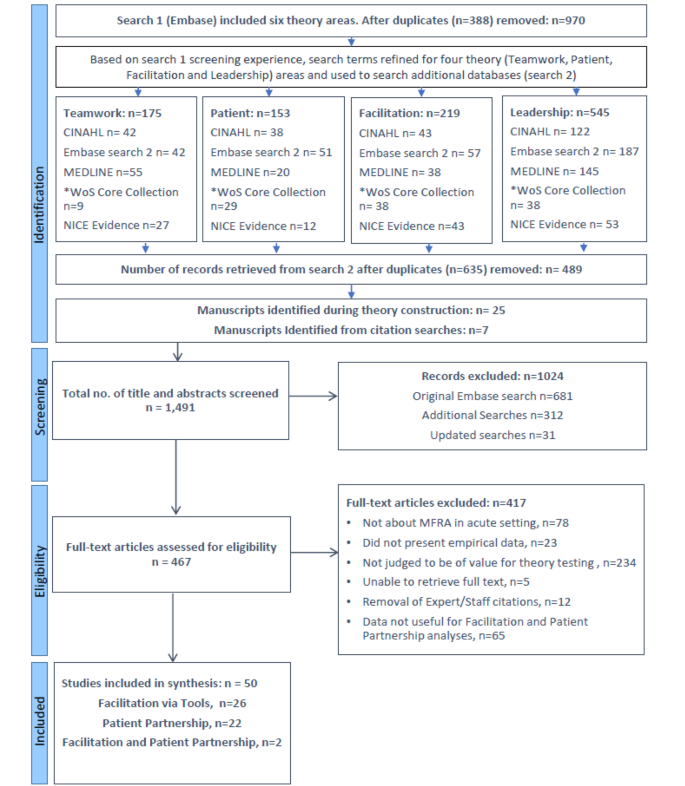Some Known Details About Dementia Fall Risk
Table of ContentsDementia Fall Risk Can Be Fun For AnyoneWhat Does Dementia Fall Risk Mean?Some Ideas on Dementia Fall Risk You Need To Know8 Simple Techniques For Dementia Fall RiskA Biased View of Dementia Fall Risk
The FRAT has 3 areas: drop risk condition, danger variable checklist, and activity strategy. A Loss Risk Condition consists of information about history of recent falls, medicines, emotional and cognitive standing of the patient - Dementia Fall Risk.If the individual ratings on a threat factor, the corresponding number of points are counted to the individual's autumn threat rating in the box to the much right. If an individual's loss threat rating totals five or greater, the individual goes to high threat for drops. If the person ratings just 4 points or lower, they are still at some danger of falling, and the registered nurse must utilize their finest scientific analysis to handle all autumn danger elements as part of a holistic care strategy.
These common methods, as a whole, help create a risk-free environment that lowers unintended falls and delineates core safety nets for all clients. Indicators are crucial for clients in jeopardy for drops. Doctor require to acknowledge that has the condition, for they are in charge of carrying out actions to advertise client safety and protect against falls.
The 20-Second Trick For Dementia Fall Risk
Wristbands must consist of the person's last and initial name, day of birth, and NHS number in the UK. Information should be printed/written in black against a white background. Only red color should be used to indicate special client condition. These suggestions are constant with present advancements in individual recognition (Sevdalis et al., 2009).
Items that are as well much might need the client to connect or ambulate unnecessarily and can potentially be a hazard or add to drops. Helps avoid the client from going out of bed with no assistance. Registered nurses react to fallers' phone call lights faster than they do to lights initiated by non-fallers.
Aesthetic impairment can substantially trigger falls. Keeping the beds closer to the floor decreases the threat of drops and significant injury. Putting the cushion on the flooring dramatically decreases fall risk in some medical care setups.
Unknown Facts About Dementia Fall Risk
People who are high and with weak leg muscular tissues who try to remain on the bed from a standing position are most likely to fall onto the bed because it's as well low for them to reduce themselves securely. Additionally, if a tall patient attempts to rise from a reduced bed without aid, the client is most likely to fall back down onto the bed or miss the bed and drop onto the flooring.
They're created to promote timely rescue, not to stop drops from bed. Apart from bed alarms, raised guidance for high-risk clients also might assist stop falls.

People with a shuffling gait rise fall possibilities dramatically. To decrease loss risk, shoes ought to be with a little to no heel, thin soles with slip-resistant walk, and sustain the ankle joints. Encourage person to use nonskid socks to stop the feet from gliding upon standing. Motivate patients to wear appropriate, well-fitting shoesnot nonskid socks for try this site motion.
All About Dementia Fall Risk
In a study, homes with ample lighting report less drops (Ramulu et al., 2021). Enhancement in illumination at home may lower fall rates in older grownups.

Sitters work for assuring a protected, safeguarded, and secure setting. Studies showed very low-certainty evidence that caretakers minimize autumn danger in severe care medical facilities and only moderate-certainty that options like video monitoring can reduce caretaker usage without boosting autumn risk, suggesting that caretakers are not as valuable as at first believed (Greely et al., 2020).
Fascination About Dementia Fall Risk

Enhanced physical fitness decreases the risk for drops and restricts injury that is endured when autumn takes place. Land and water-based exercise programs might be similarly beneficial on equilibrium and gait and therefore minimize the risk for drops. Water exercise might contribute a favorable advantage on balance and stride for ladies 65 years and older.
Chair Surge Exercise is a simple sit-to-stand exercise that aids enhance the muscular tissues in the thighs get redirected here and butts and improves flexibility and independence. The objective is to do Chair Rise exercises without making use of hands as the client comes to be stronger. See resources area for a comprehensive guideline on how to do Chair Rise exercise.